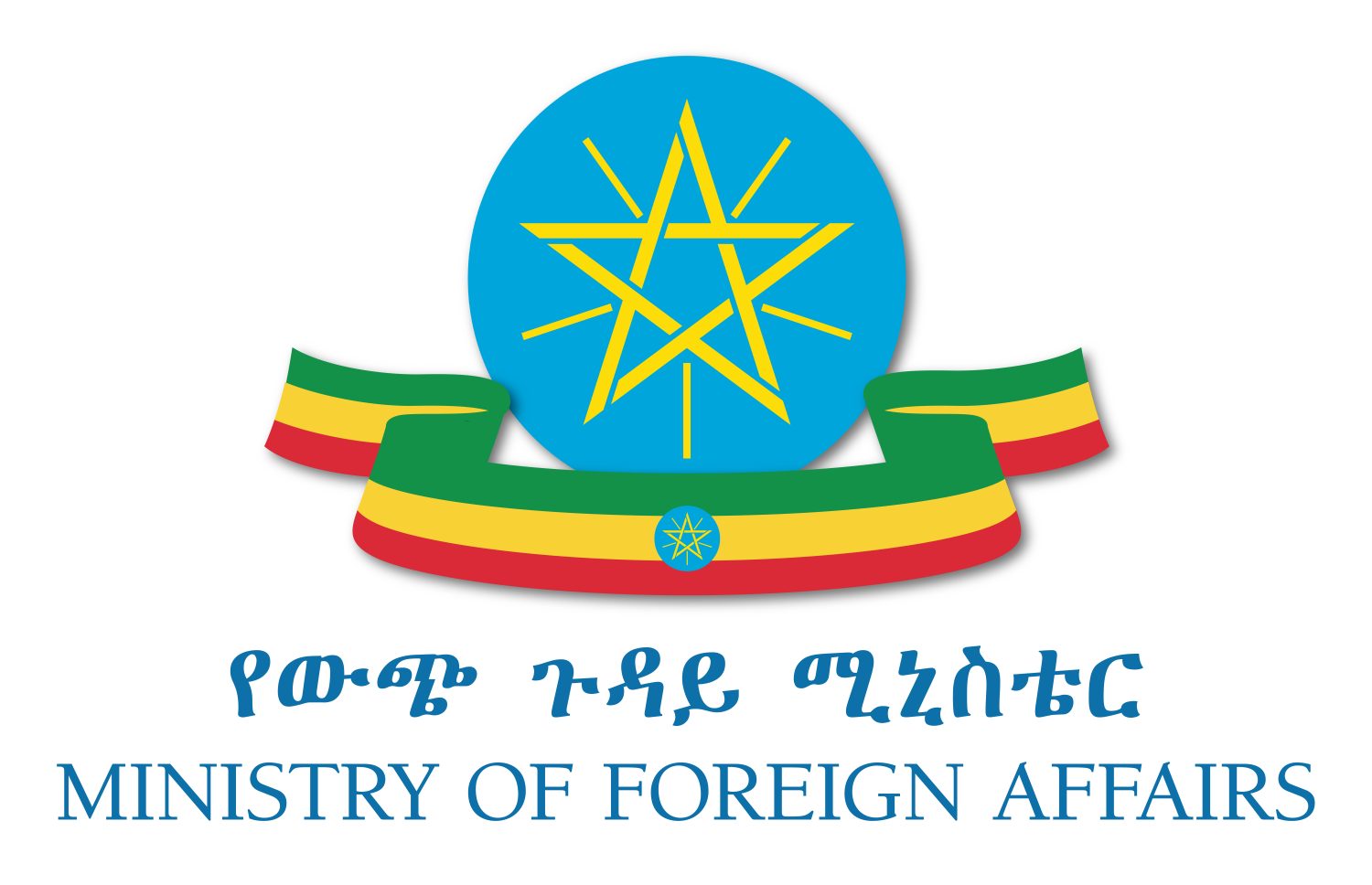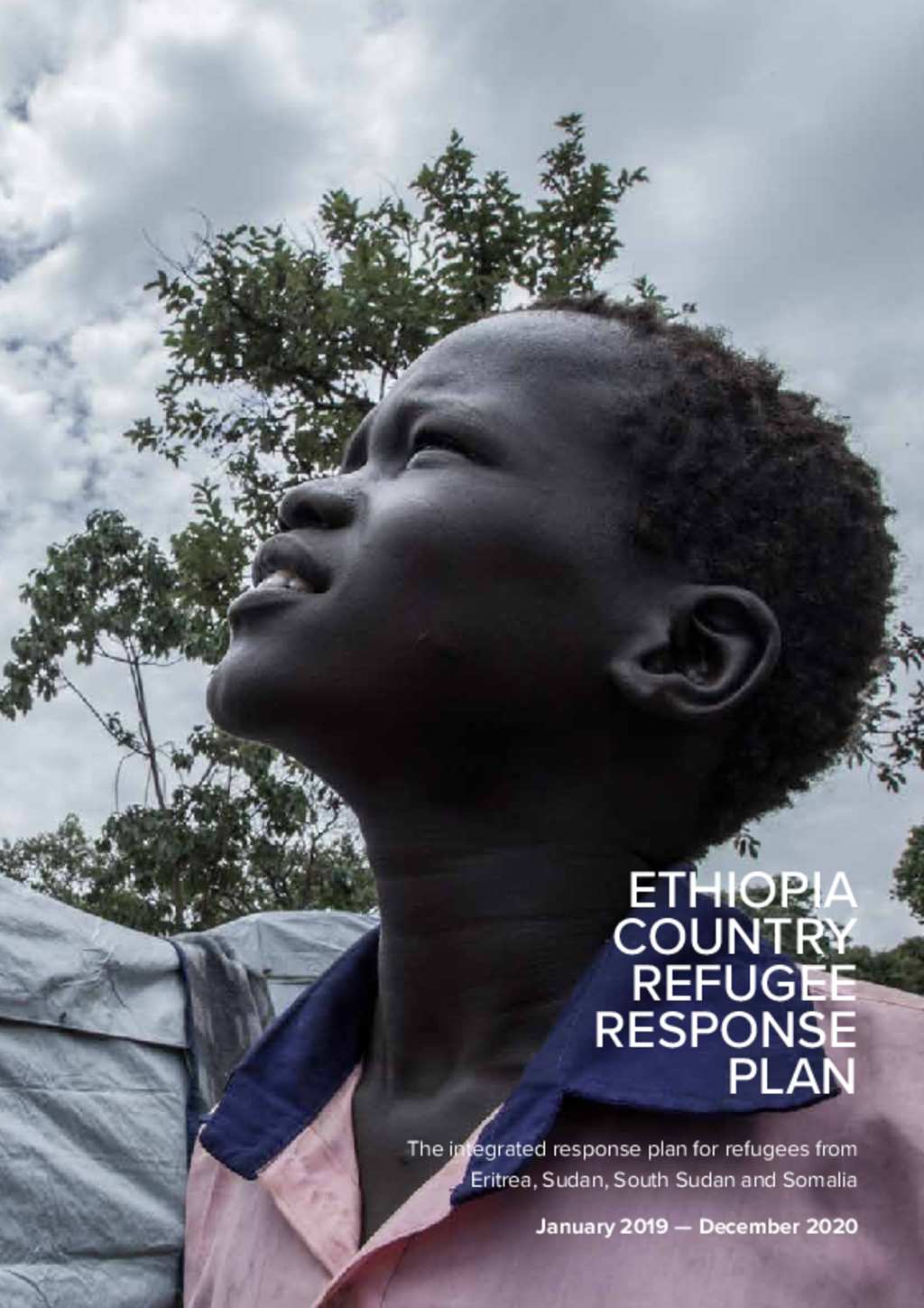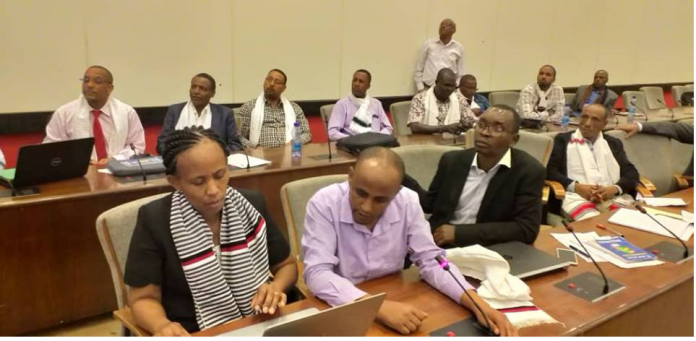Kenya has said it will begin to implement the Economic Partnership Agreements (EPAs) that the East African Community (ECA) has been negotiating with the European Union, although only Kenya and Rwanda have so far signed the agreements. Uganda, Tanzania and Burundi have been reluctant to do so.
The issue was raised last week on the side-lines of the Africa-Europe High Level Forum in Vienna when President Uhuru Kenyatta and Rwandan President Paul Kagame met with senior EU officials. Kenya’s Ministry of Foreign Affairs issued a statement indicating President Kenyatta and President Kagame had agreed with the President of the European Union Commission, Jean-Claude Juncker, and the president of the European Parliament, Antonio Tajani, to start implementing the agreement. A statement by Kenya’s Foreign Affairs Principal Secretary, Macharia Kamau, said, “the leaders had unanimous consensus on the application of the principle of variable geometry as a mechanism of launching the implementation of EPA commitments for Kenya and Rwanda in their distinguished identity as the only EAC countries that have so far signed the EPA agreement.”
Variable geometry means that while EAC negotiated with the EU as a bloc, both sides acknowledged that there might be differences, some irreconcilable, among the member states. The negotiations allow that this need not delay implementation as long as mechanisms exist to resolve problems at some point. This means one or more member states can continue to pursue their aim while allowing those opposed to hold back for a possible solution in the future. The EAC countries jointly negotiated the EPAs until 2014 but there has been some concern including the possible threats to local industries. The EU, which had insisted the agreement would be valid only if all five EAC countries signed it, consistently said there was no threat to nascent local industries because the agreements allowed either side to reintroduce safeguards against flooding of goods. Under EPAs, EAC member states gain duty-free access to the EU market for their produce while partially and gradually allowing EU imports into their territory “taking full account of the differences in levels of development between the EAC and the EU”.
Mr. Kamau said Kenya’s action would not affect the momentum of integration in the ECA as the matter was only one aspect of the community: “There is no threat on integration because variable geometry is an implementation tool and it will not be the first time it has been used in the EAC.” He said the clock was ticking: “We had spent a significant amount of time negotiating. That is why it was agreed at the political level that we can proceed.” He noted that Kenya could now apply for the funds as provided for in Article 75 of the agreement. It could expect to be able to access a portion of the € 40billion available under EPAs to develop priority areas listed in the agreements. These include infrastructure, green energy, agriculture and market access, establishment of disease-free zones, blue economy, water resource management, technical and vocational training, training of farmers, customs/border management and private sector development.
The EAC imported goods worth €3.6 billion from the EU last year, including machinery and mechanical appliances, equipment, spare parts, vehicles and pharmaceutical products; it exported €2.4 billion, mainly coffee, cut flowers, tea, tobacco, fish and vegetables, leaving a balance in the EU’s favour of €1.2 billion.





